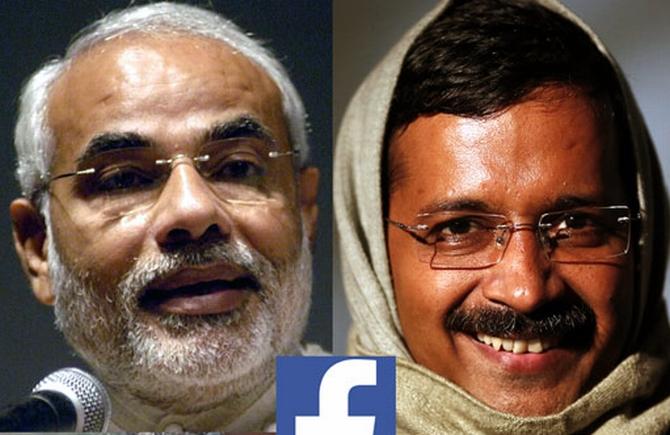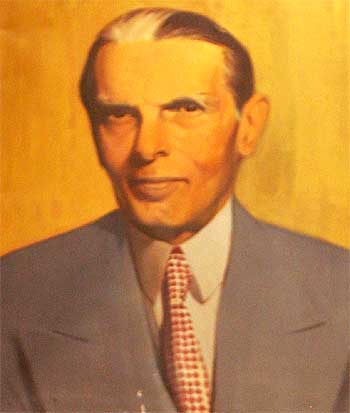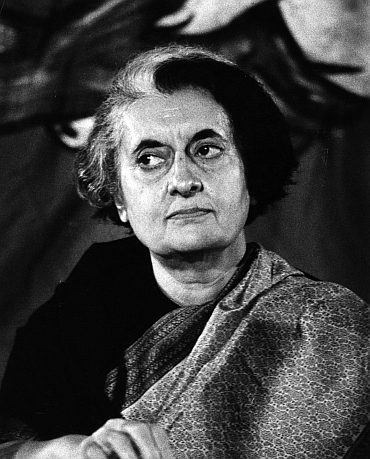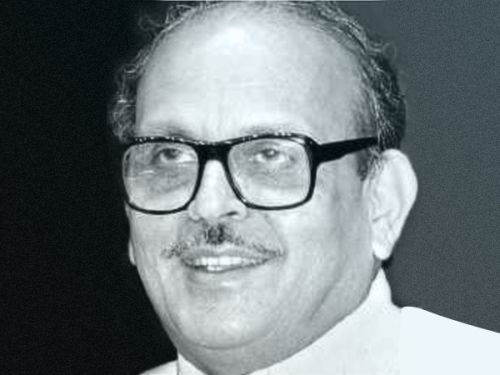 | « Back to article | Print this article |
India changes every 20 years!
Indian politics has been subject to a roughly 20-year cycle for the last 100 years, says T C A Srinivasa-Raghavan
Whichever way one looks at it, there is no denying that Arvind Kejriwal and Narendra Modi have changed Indian politics in a fundamental way. But they are not the first to do so.
If you look at Indian politics since it started in earnest in the mid-1890s, you will find that it has a roughly 20-year cycle. Approximately after every two or so decades it undergoes a convulsion that changes it forever.
The key dates are 1916-1920, 1937-1940, 1952-1956, 1969-1972, 1987-1991 and now.
On each of these occasions, except 1952-1956, a new player came along and changed the paradigm for ever.
1952-1956 was an exception because then it was not a new person but two new ideas that came along. These continue to be with us till date.
Click on NEXT for more…
India changes every 20 years!
1916-1920: Gandhiji came back from South Africa in 1916 and quickly turned the Congress party from a debating and petitioning club of upper-class Indian gentlemen to a mass movement. The result was a new style of agitation-based politics, which rejected everything that had been taken for granted till then.
Gandhiji effected what can loosely be called a paradigm shift, which means people started looking at possibilities that they would never have considered even remotely then, for example, Purna Swaraj.
The British were taken by surprise, especially since this happened just after they had allowed some limited democracy via the Montagu-Chelmsford reforms. Their subsequent flat-footedness is very like that of the Congress, which is faced with Kejriwal, and the Bharatiya Janata Party, which is faced with Modi. It is the dominant power that bends to the will of the challenger.
Click on NEXT for more…
India changes every 20 years!
1937-1940: In 1935, Mohammad Ali Jinnah returned to India from his self-imposed exile in London. And he turned the tables against Gandhiji using the same techniques of mass mobilisation on the Muslims against the Congress.
His Muslim League may have lost badly in the 1937 election, but he had changed the paradigm as conclusively as Gandhiji had two decades earlier. The idea that Hindus and Muslims were one people who could live as one nation died and politics changed forever.
1952-1956: Three things happened during this period as one well they might after something as stupendous as August 15, 1947.
A Hindu political party was born. It was called the Jana Sangh and it turned into the BJP in 1980. Second, Jawaharlal Nehru’s desire to get India to industrialise quickly led to the abandonment of the idea that the private sector was a force for the good.
The State came to be seen as being intrinsically good, almost in a Kantian way that it alone was possessed of goodwill.
Lastly, his absolutely correct recognition that Indian society could be reformed only by changing some important parts of Hindu personal law resulted in the Hindus eventually getting ahead of the Muslims socially.
The effects of this are now starkly visible because he left Muslim social reform alone. All three have had a huge impact on India’s politics.
Click on NEXT for more…
India changes every 20 years!
1969-1972: The key figure this time was Indira Gandhi. Dynastic politics was born. The idea that both politics and economics involve the right to choose became a mere abstraction to which only lip service was paid.
The impact on politics was devastating because of the arrogance this engendered amongst the legislators, of which the lal batti became the most visible symbol.
Politics became a profession and parties fiefdoms. This tendency is only now beginning to give way, but it has lasted already for 40 years and will be with us for another decade.
1987-1991: This was when V P Singh, who had revolted against Prime Minister Rajiv Gandhi for reasons that are still not fully understood, changed the politics.
Taking a leaf out of Jayaprakash Narayan’s 1970s book, he turned corruption into a political issue from the administrative or criminal issue it had been until then.
Then in 1990, he introduced caste (identity politics) as a political weapon openly into national politics. Until then only Tamil Nadu had done that.
Thus, from 1990 onwards parties began to be formed on an avowedly caste basis in almost all states. What had been the occasional became the normal. But one suspects the time of that idea too is going now.
Click on NEXT for more…
India changes every 20 years!
2013-: Modi has introduced the United States presidential style and Kejriwal the Gandhian obstinate no-compromises-agitation-only style.
Modi’s style could mean the virtual eclipse of the BJP just like the Congress’ eclipse after the Gandhi family assumed a divinely ordained right to rule. Modi doesn’t have a family to bequeath anything to, but the consequences of this Indira Gandhi sort of politics could be very damaging for the party.
What I would personally wish to see emerge from all this is a Gandhi family-free Congress and an Rashtriya Swayamsevak Sangh-free BJP so that the two can merge, possibly under enormous corporate pressure as investment revives and the politics of the 20th century morphs into something less silly.
Click on NEXT for more…
TOP photo features you missed last week
Click on MORE to see another PHOTO feature...






